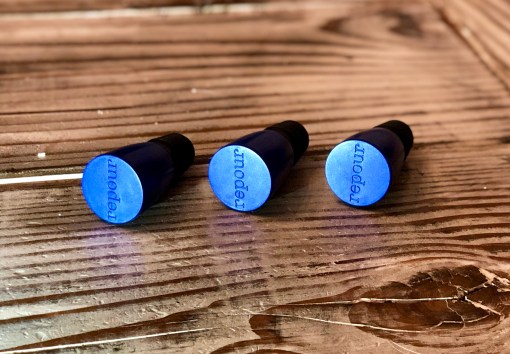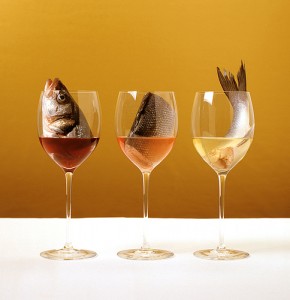By Peter Vetsch
I feel like I’m in a time warp. In this optimistic post from early February, I advised that the blog had been silent for a while due to sickness, but that we were back up and running and that I was testing out a brand new wine preservation gadget, with results to follow shortly. Well, after that post, about the excitingly simple Repour Wine Saver, the blog fell silent for a while due to sickness (an ear infection and then sinusitis this time, mixing it up from the bronchitis I had before), but I can now advise that we’re back up and running and that I can now report the results of said wine preservation test. If this cycle repeats one more time, I’m quitting the wine-writing hobbyist biz, but if I can avoid antibiotics for the next hour or two, I will pass along this tale of experimental trials, inadvertent failures of the scientific method and the (largely) successful demonstration of Repour’s mettle, complete with an unexpected twist at the end.

For those who don’t feel like clicking on this link to catch up on my prior introduction to this ingenious device, the Repour is a single-use one-stop-shop for wine preservation, a plastic bottle stopper stuffed with oxygen-absorbing material that actively removes any oxygen remaining in the bottle after each glass pour, leaving the wine inside pristine and untouched by decay-inducing air for (they say) “days, weeks or even months”. It costs $3-4 CAD and lasts for the entire duration of one bottle of wine, regardless of how many times you go back to the well with that bottle. I decided to test that marketing promise rather emphatically. I opened three bottles of 2015 Alfred Merkelbach Urziger Wurzgarten Riesling Kabinett from Germany’s Mosel Valley, drank a healthy dose out of each, then left one as a poor unguarded control bottle without any form of preservation beyond my refrigerator, dosed the second with argon gas (my personal pre-Repour preferred method of preservation) and test-drove the Repour with the third, revisiting them multiple times over the next month and tracking how well each bottle stood up. My running preservation diary is below. To refresh your memory, here was my initial tasting note on the Merkelbach Kabinett:
“The wine is a complete throwback to a bygone era, understated and filigreed in style, with canned golden apple, sea spray, petrichor and orange zest aromas giving way to a fragile yet enduring, heavily mineral palate, all quartz dust and steel. The restrained residual sugar offers relief and key lime accents without weight, the acid is omnipresent but not cutting, and the finish is taut and straight-laced, perfectly formal and polite and German.” Read the rest of this entry »

















